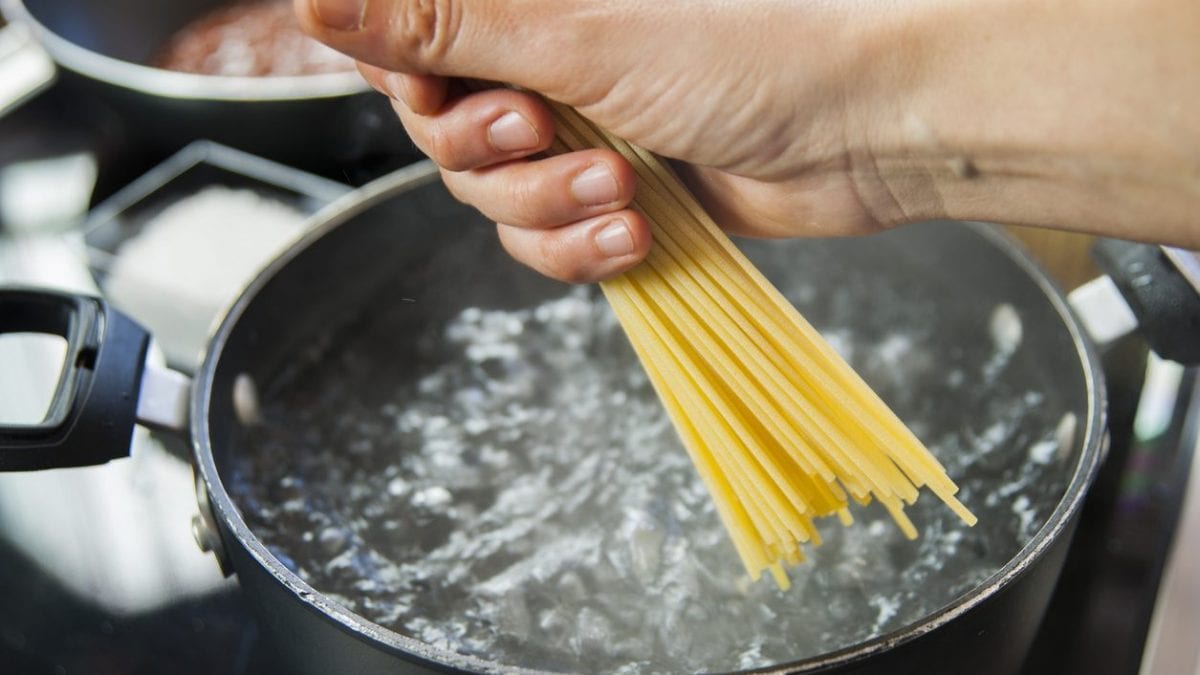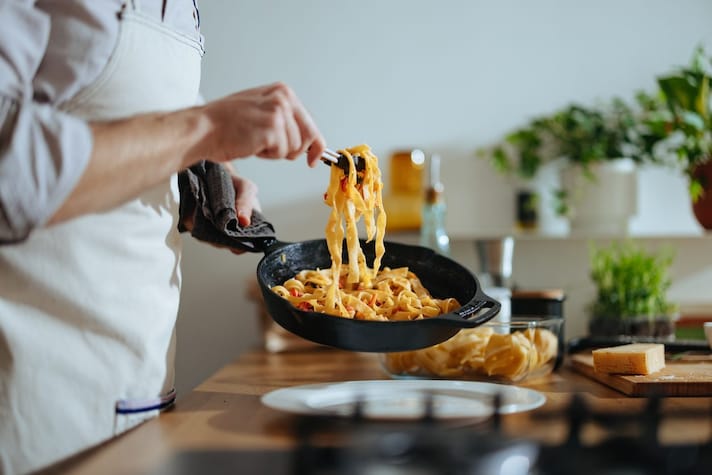
What happens to pasta during cooking? Why is the weight of cooked pasta completely different from that of raw pasta? These may seem like trivial questions, but when it comes to food and cooking, it is best not to take anything for granted. There is undoubtedly a difference in weight between cooked and raw pasta, but perhaps not everyone knows that the difference is greater if we are talking about long dry pasta and less in the case of short pasta.
Want to control your portions and follow a balanced diet? Here's everything you need to know about the weight differences between raw and cooked pasta and how to calculate the right portions and avoid unpleasant surprises.
Differences Between Cooked Weight and Raw Weight
When we cook pasta, spaghetti, rigatoni and farfalle during cooking they absorb part of the water in which they are immersed, they "swell" and consequently increase their weight. In particular:
- Short dry pasta; if we talk about short dry pasta, the weight of the pasta doubles: this means that 100 grams of short dry pasta will weigh approximately 202 grams after cooking, in a "proportion" of 1:2;
- long dried pasta: 100 grams of long dried pasta will "become" 244 grams once cooked and drained;
- egg pasta and fresh stuffed pasta: the weight of these pasta varieties can increase by up to 200%, so that 100 grams of tortellini will weigh 300 grams after cooking.

Mistakes to Avoid When Preparing Pasta to Perfection
Preparing a good plate of pasta? It might seem easy, very easy, but even in this case there are mistakes to avoid, from choosing the right format to the right seasoning. In particular, you need to pay attention to:
- The format. There must be a reason why there are different pasta formats and it is not at all obvious. Long pasta binds better with less dense sauces, short pasta prefers ragù, legumes and vegetable-based condiments, make the right choice.
- Quality. Here too, we find different varieties of pasta, more or less poor in terms of drawing, milling and type of flour. If you have the possibility, opt for a pasta with stone-ground flour and if you really want to make a good impression, maybe bronze-drawn.
- Salt. The correct amount of salt is 7-8 grams of coarse salt for every 100 grams of pasta, while there are different schools of thought about the right time to add it. In our opinion, it is better to add it when the water starts to boil, the important thing is not to add salt and pasta at the same time, otherwise the temperature will drop quickly.
- Oil. Never add oil to the water: the idea that adding oil will prevent the pasta from sticking is in fact fake news .
- The pot. The pasta must have the right space to cook otherwise it will stick. Choose a tall pot with a wide diameter for long pasta, a smaller one is enough for short pasta shapes.
- Water. For the above principle, it is better not to get the amount of water wrong. For 100 grams of pasta you need a liter of water to be poured cold, of course.
- Time. Trust the number of minutes you find on the package, after all it is there to help you. This is obviously a rough guideline: if you prefer the pasta al dente or plan to cook it in the oven a second time, you can drain the pasta 2 or 3 minutes earlier, no more.
- Drain. Once the cooking time is over, the pasta should be drained immediately, without hesitation. To enhance some types of preparations at their best, keep aside a ladle of cooking water, the starch will help you bind the ingredients in the pot better.
- Rinse. Never pass the pasta under running water after draining it: it means interrupting the cooking process and risking breaking the pasta. The only passage allowed: from the colander to the pan.
;Resize,width=767;)
